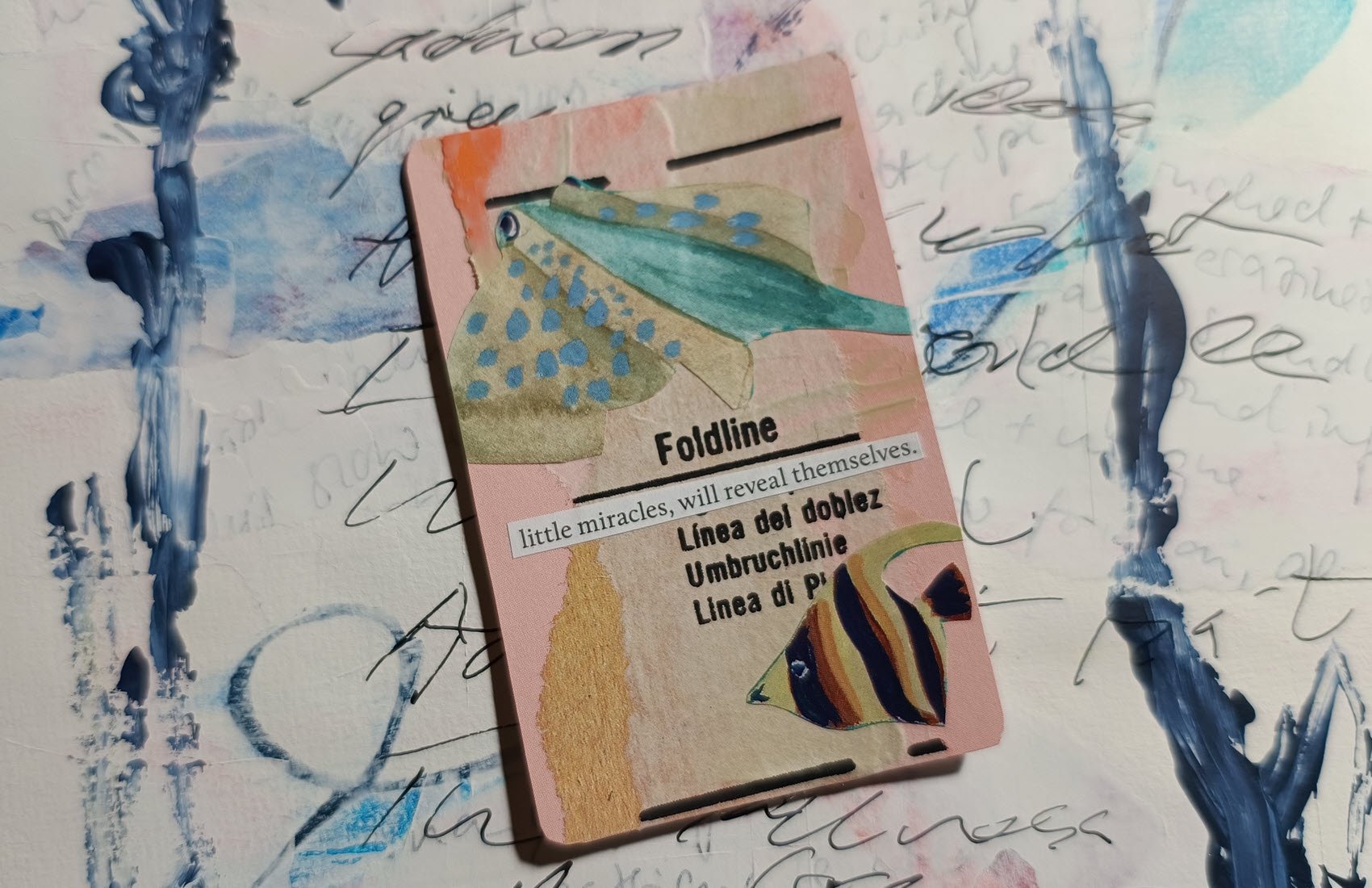Welcome to my blog
Here you’ll find short articles about creativity, meaningful working and living, healing and personal growth. I also share books that I love and have found useful and reflect on creative or experiential processes to support you in cultivating your own reflective practice.
A framework for reflection
Reflective practice includes reflecting on action, in action and for action. Weaving my arts-based and trauma-informed coaching skills together helps us stay on the constructive and forward-moving side of reflection without veering off into rumination or looping thought carousels.
Why bother: building a meaning practice in troubled times
The question ‘Why bother?’ often indicates the loss of meaning. A meaning practice helps us notice meaning between the layers of life’s mundanity and repetitiveness, its highlights and special moments, in our grief and despair, as well as our joy and hope. This post explains how the six dimensions of meaning are reflected in my small group online program “Reflecting on Meaning’ and what you might learn about living and working meaningfully.
Sensemaking in September: my monthly reflections
In my monthly reflections, I share how the 4 qualities that inform my coaching and courses – arts-based, trauma-informed, reflective and meaning-focused – are showing up in my work and life.
This month: the flywheel of inspiration, Sensemaking Studio 2025, safe enough spaces and meaning-making in retrospect.
How to make sense of things?
Sensemaking is a process of meaning making. During this process, we’ll change the relationship we have with ourselves and with others; we’ll make changes to how and where we invest our talents, skills, time and energy.
This post explores a helpful framework for change: how we get from skill to trait. I also write more about Sensemaking Studio, an online program in which you learn to cultivate your own reflective practice to support your process of meaning making.
Being a reflective person – reflective practice as an identity-based habit
In his book Atomic Habits, James Clear writes about identity-based habits. Seeing yourself as a reflective person is the first step. Secondly, to keep going with a reflective practice we need to keep barriers of entry low. Don’t set yourself rules around time, mood or energy levels required for worthwhile reflection. Instead: use whatever shows up on the day and let it shape your focus and process of reflection.
Reflective practice: practice to pause
The suggestion to cultivate a reflective practice can feel like yet another thing to put on our to-do list, or another technique in self-betterment. It can be seen as indulgent navel-gazing in a world that needs decisive and urgent action. Ultimately, isn’t reflection something else we’ll fail to stick with?
On reflection…
After many failed attempts at well-known reflective practices such as Morning Pages, I decided to design my own: one that allows me to follow my own rhythm, combine words and cognitive reflection with visual and creative techniques. Today, my practice is an everchanging yet robust support system in my work and life. Curious to learn how to design your practice?






